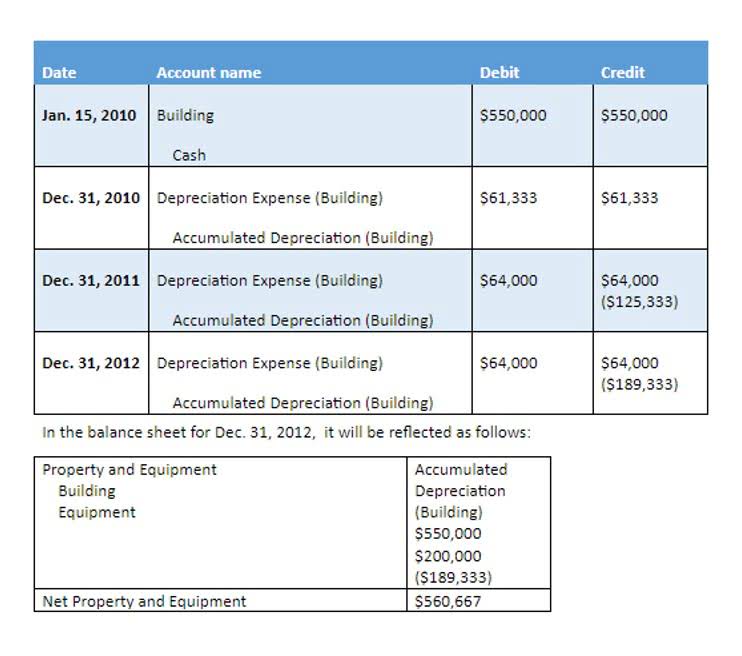
The depositor should then itemize the funds, listing cash and cheques separately, and provide a total amount. The final step in completing a deposit slip is providing a signature, which serves as authorization for the transaction. While not all banks require a signature for standard deposits, some mandate it for large deposits or those involving third-party checks. A signature confirms that the depositor has reviewed the information on the slip and agrees that the listed amounts are accurate. A deposit slip requires a breakdown of funds being added to an account, categorizing deposits into cash, checks, and direct transfers.

PAYMENTS
In addition, deposit slips often include space for a signature, especially if the depositor wants to withdraw some of the deposited cash immediately. The deposit slip works as a proof for the bank acknowledging the payment received from the customer. Upon QuickBooks entering a bank, a customer can find a pile of deposit slips with designated fields to fill in the required information to complete the deposit process.
- A transaction code, also known as a tran code, is a 2 or 3 digit number on your deposit slip that helps your financial institution process your deposit.
- Cash deposits are typically available immediately, while checks may be subject to a holding period based on bank policies.
- You typically only need to sign a deposit slip when you want cash back from your deposit.
- Yes, you can print out your own deposit slip, just ensure you’ve got the right format and paper size.
- If you are unsure about the process and details required, you may end up filling out the cheque deposit slip incorrectly.
Is a deposit slip always required when depositing money?
Therefore, it is imperative to double-check your deposit slip before submitting it to the bank. In this section, we will discuss the importance of verifying your deposit slip information and provide you with deposit slip a step-by-step guide on how to do it. With the rise of mobile banking, many banks now offer the option to deposit checks using a mobile app. Some banks require the addition of “For Mobile Deposit Only” on the back of the check, along with the signature and account number.
- While digital options are convenient, they do not entirely replace deposit slips.
- They serve as a cornerstone for maintaining organized and transparent financial records.
- In addition, some older ATMs require customers to use a deposit slip when depositing cash or checks.
- The teller will keep the filled-out deposit slip and give you a receipt so you can track the bank transaction deposit in your records.
- If you have a stale-dated check, you may need to get a new one issued.
Step-by-Step Guide to Filling a Deposit Slip

Send your checks as a one-time printable pdf with a tracking facility. Ashley Kilroy is a seasoned personal finance writer with 15 years of experience simplifying complex concepts for individuals seeking financial security. Her expertise has shined through in well-known publications like Rolling Stone, Forbes, SmartAsset, and Money Talks News. If you need to create a deposit slip using MS Excel or print one for a bank office, then here are the standard deposit slip sizes you can choose to work on. A receipt on the other hand is a document provided to a customer whenever they purchase an item or avail of a service.
Deposit Slip List

This is useful for recurring payments like salaries or loan repayments. Businesses can work with their bank or hire third-party providers to create customised deposit slips. The cost of customisation varies depending on the level of detail and the quantity of slips required, but the investment often pays off in improved organisation and professionalism. Finally, miscommunication between the depositor and the bank teller can sometimes result in errors. Depositors should verify all details with the teller before leaving the bank to minimize the likelihood of mistakes. Another challenge is the risk of losing the deposit slip, especially after the funds have been handed over to the bank.


These are similar to the ones you received when you opened your account, but they don’t have your account number on them. Understanding what deposit slips are for and how to properly use them will help you make quicker transactions and reduce problems with deposits into your accounts. A bank deposit slip tells your bank what you want to be done with the money you’re handing them and provides you with a record of your transaction. Deposit slips offer several benefits, including serving as proof that the bank acknowledged receipt of your funds and maintaining a ledger for banks to keep track of daily deposits. Furthermore, they can be Accounts Payable Management utilized in case of disputes or discrepancies, providing itemized evidence of each deposit made.





